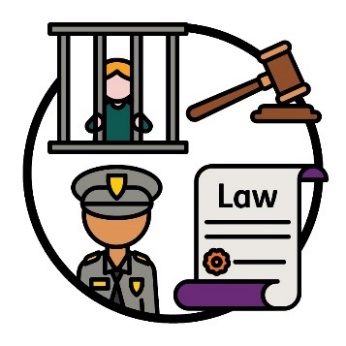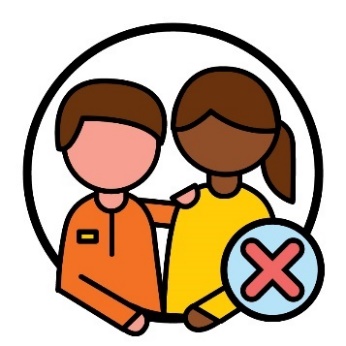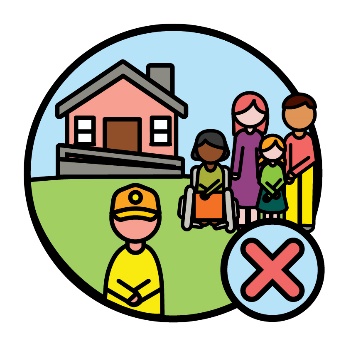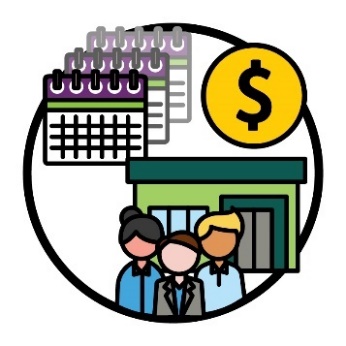Our reports
|
|
The Reference Group connected with the community to find out about issues that affect them. |
|
|
|
The Reference Group members shared these issues with the NDIA. |
|
What did the reports talk about?
NDIS plans
|
|
Reference Group members worry that some people with disability are not taking part in the NDIS. |
|
|
This is because some people with disability don’t always fill out their Access Request Form in the right way. An Access Request Form is a form you fill out to apply for the NDIS. |
|
|
Members shared that there should be more face‑to-face meetings with participants. |
|
|
Participants are people with disability who take part in the NDIS. |
|
|
This will support participants who may be at risk of harm. |
Members explained that some young people don’t have many documents that: |
|
|
|
|
|
|
|
|
|
This can make it harder for young people to take part in the NDIS. |
NDIS services and supports
|
|
Reference Group members shared that some participants find it hard to contact the NDIA. |
|
|
This means participants find it harder to share important changes about their lives. |
|
Members worry that some participants with intellectual disability don’t have enough choice and control over: |
|
|
|
|
|
|
For example, at home or at a day program. |
|
|
Members explained that some participants don’t use their NDIS funding. Funding is the money you get from your NDIS plan that pays for the supports you need. |
|
|
This is because participants can’t find good support workers. |
|
|
Members shared that support workers should have better training to follow behaviour support plans. A behaviour support plan is a document with steps for improving behaviour. |
|
|
Members explained that the NDIA should think about how they manage money for supports that build skills. |
|
|
The NDIA should also think about how participants can use the funding in their NDIS plans for therapy. |
|
|
|
Therapy includes different types of support that can help:
|
|
|
|
Members shared that the NDIA should share more information on good home and living supports with providers. |
|
|
|
Providers support people who take part in the NDIS by delivering a service. |
|
Providers
|
|
Reference Group members worry it’s too hard to make a complaint about a provider. |
|
|
When you make a complaint, you tell someone that something:
|
|
|
This makes it hard to get providers to take responsibility when they do the wrong thing. |
|
|
Members explained that some providers try to move participants into aged care before they turn 65 years old. |
This happens to participants with: |
||
|
|
|
|
|
|
|
|
|
|
Members shared that some providers build specialist disability accommodation (SDA) too close to other SDA. |
|
|
|
SDA is housing for people with disability who need a lot of support. |
|
|
|
When providers build SDA too close together, it can separate people with disability from the community. |
|
|
|
Members also shared that most participants find it hard to find providers who can support them in the justice system. |
|
|
|
Our justice system includes:
|
|
|
|
Members worry that some support workers don’t always do the right thing. For example, some support workers will just watch over people with disability. |
|
|
|
This means people with disability don’t get all the support they need. |
|
|
|
Members explained that some providers want to take control of young participants’ NDIS plans. |
|
|
|
This happens to young participants who don’t get much support from people in their community. |
|
|
|
Members shared that some organisations should have funding that lasts for a long time. This includes organisations that help people with disability speak up for themselves. |
|
|
|
This will help make sure participants get the support they need to make their own decisions. |
|






































